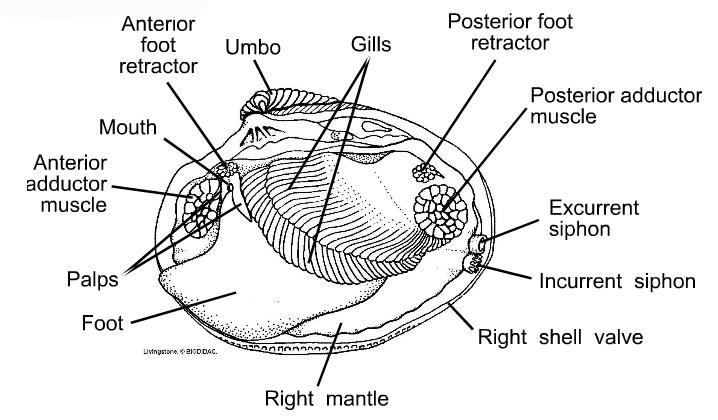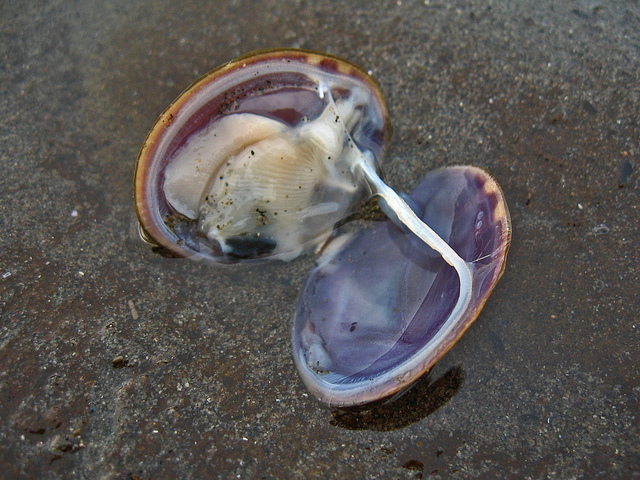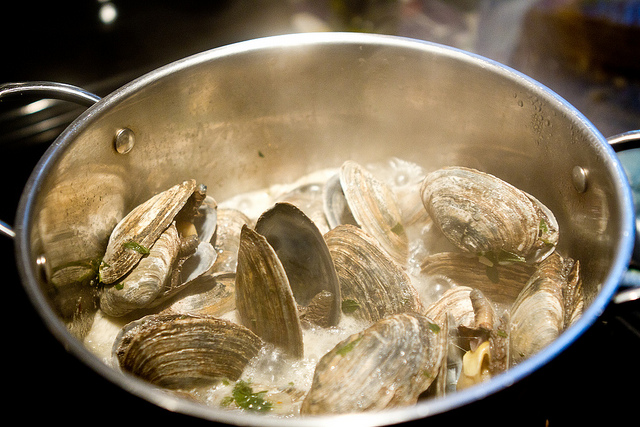A YouTube video of a clam appearing to “lick” salt off of a table has been sweeping the internet.
When I saw it, I had one question: Does this mean that clams can season themselves? Here’s what I found after a bit of research:
1. Clams have an extensive anatomy that includes a lot more than the slimy “tongue” that can be seen in the video. That “tongue” is, in fact, a foot which is a muscular region of the clam that facilitates movement and burrowing.
This means that the clam in the video is not “licking” the salt and is, instead, just looking for a new home in the foreign habitat of the table. Even though the clam isn’t eating the salt, it is moving the salt that sticks to its goopy foot into its shell thereby seasoning itself.

Courtesy of Flickr.com.
2. This self-seasoning process may not be entirely ethical. Currently, scientists and animal rights activists are researching and debating whether or not certain classes of invertebrates (including but not limited to shellfish) can feel pain.
A marine biologist contacted by IFLScience suggested that the clam may quickly remove its foot from the table salt because the salt is causing it pain. If this is true, self-salting might not be the next trendy culinary technique.

Courtesy of Flickr.com.
3. Cooks often struggle to tone down the saltiness of their freshly steamed clams and homemade clam chowder. They do this by adding water or wine to cut or compliment the naturally salty flavor. Self-salted clams might actually cause more problems than they solve.

Courtesy of Flickr.com.
Self-salting clams may make for a great viral video, but PETA and your taste buds might freak out if clams’ talents are exploited for your next dinner.

